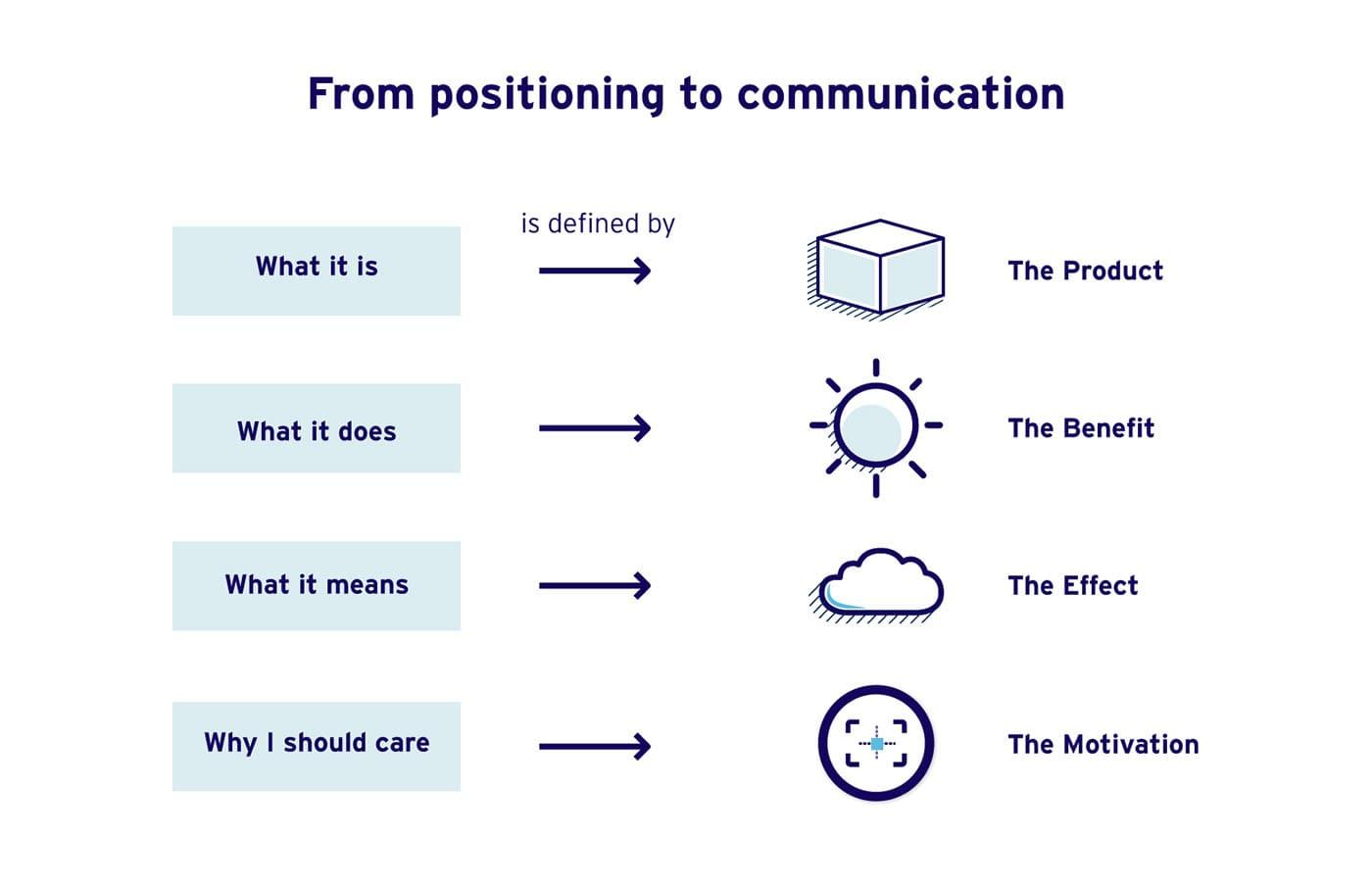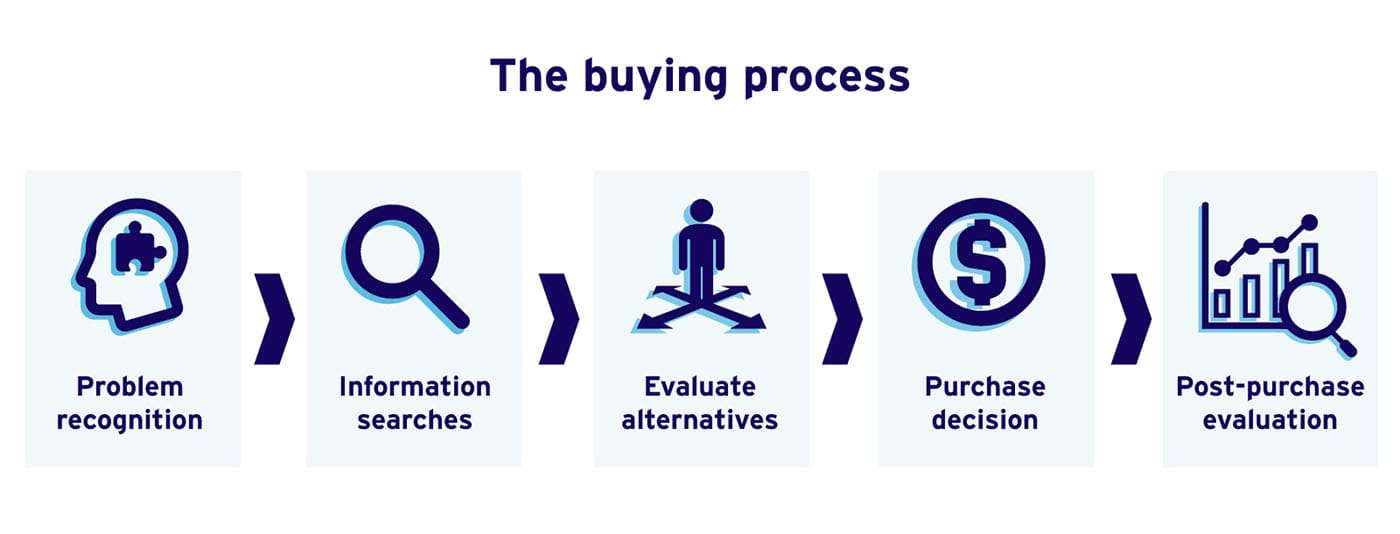
What is marketing communication (MarCom)?
What is marketing communication (MarCom)?
Marketing communication (MarCom) is a fundamental and complex part of a company’s marketing efforts. Loosely defined, MarCom can be described as all the messages and media you deploy to communicate with the market.
Marketing communication includes advertising, direct marketing, branding, packaging, your online presence, printed materials, PR activities, sales presentations, sponsorships, trade show appearances and more.
The complexity of the MarCom topic makes it too broad to cover in one article. This article is one in a series of six that covers the field of marketing communication. The full list of the titles in this series includes:
- What is marketing communication (MarCom)?—outlines the basic marketing communication concepts and provides the foundation for rest of the series
- Positioning—discusses the ins and outs and importance of claiming the most attractive position in your customer’s mind
- Your marketing message—provides the framework for planning your marketing message throughout the technology adoption lifecycle (TALC)
- Marketing communication for tech startups—describes the process and methods to develop word-of-mouth marketing in the marketplace
- Marketing communications: Reaching early adopters of technology products—focuses on how (and why) you should tailor your message for technology enthusiasts and visionaries
- Successful market communication across the Chasm and in the Bowling Alley—explains the tactics that will help you cross the Chasm
Marketing communication objectives
Marketing communication has two objectives. One is to create and sustain demand and preference for the product. The other is to shorten the sales cycle.
Creating preference
Creating preference is often a longer-term effort that aims at using communication tools to help position your product or company in the minds of the target customer.
Positioning and building a brand takes time and requires a certain consistency (not just in the communication efforts themselves, but also in regards to the core elements of product, pricing, and distribution) and therefore represents a significant commitment for the company.
Remember, establishing preference by building a brand will impact market share, profitability and even your access to talent—and thus provides long-term value for the company.

Shortening the sales cycle
Shortening the sales cycle means assisting your sales and channel partners in their efforts to identify, engage and deliver a customer. Understanding the customer’s buying process brings critical insight into how one can shorten the sales cycle.
The figure below illustrates the process the buyer goes through when buying a product. Through market research and conversations with salespersons, MarCom staff must identify how they can help speed up the process.
In the case of high-tech products, the sales cycle involves considerable amounts of customer education in the early stages of the process. MarCom must focus on creating, packaging and delivering relevant information to the buyer throughout the buying process in order to meet this education need.  In general, the communication techniques employed to shorten the sales cycle are by nature more tactical than those used in building a brand. Nevertheless, your strategy to achieve the two MarCom objectives must be balanced, or the legitimacy of your plan will be questioned if one objective takes priority over the other. You must have close collaboration with sales and customer-facing channel partners in order to get this balance right.
In general, the communication techniques employed to shorten the sales cycle are by nature more tactical than those used in building a brand. Nevertheless, your strategy to achieve the two MarCom objectives must be balanced, or the legitimacy of your plan will be questioned if one objective takes priority over the other. You must have close collaboration with sales and customer-facing channel partners in order to get this balance right.
The following articles contain more on developing tactical plans:
- The marketing message
- Market communications: Reaching early adopters of technology products
- Market communication across the Chasm and in the Bowling Alley
- Marketing communication for technology startups: Achieving market leadership by word-of-mouth marketing
Read next: Positioning: Creating an image of your product in your target customer’s mind
Summary: Marketing communication (MarCom) refers to the messages/media you deploy to communicate with your market and it has two objectives: building product demand/preference and shortening the sales cycle.
Link nội dung: https://topnow.edu.vn/communication-marketing-a93126